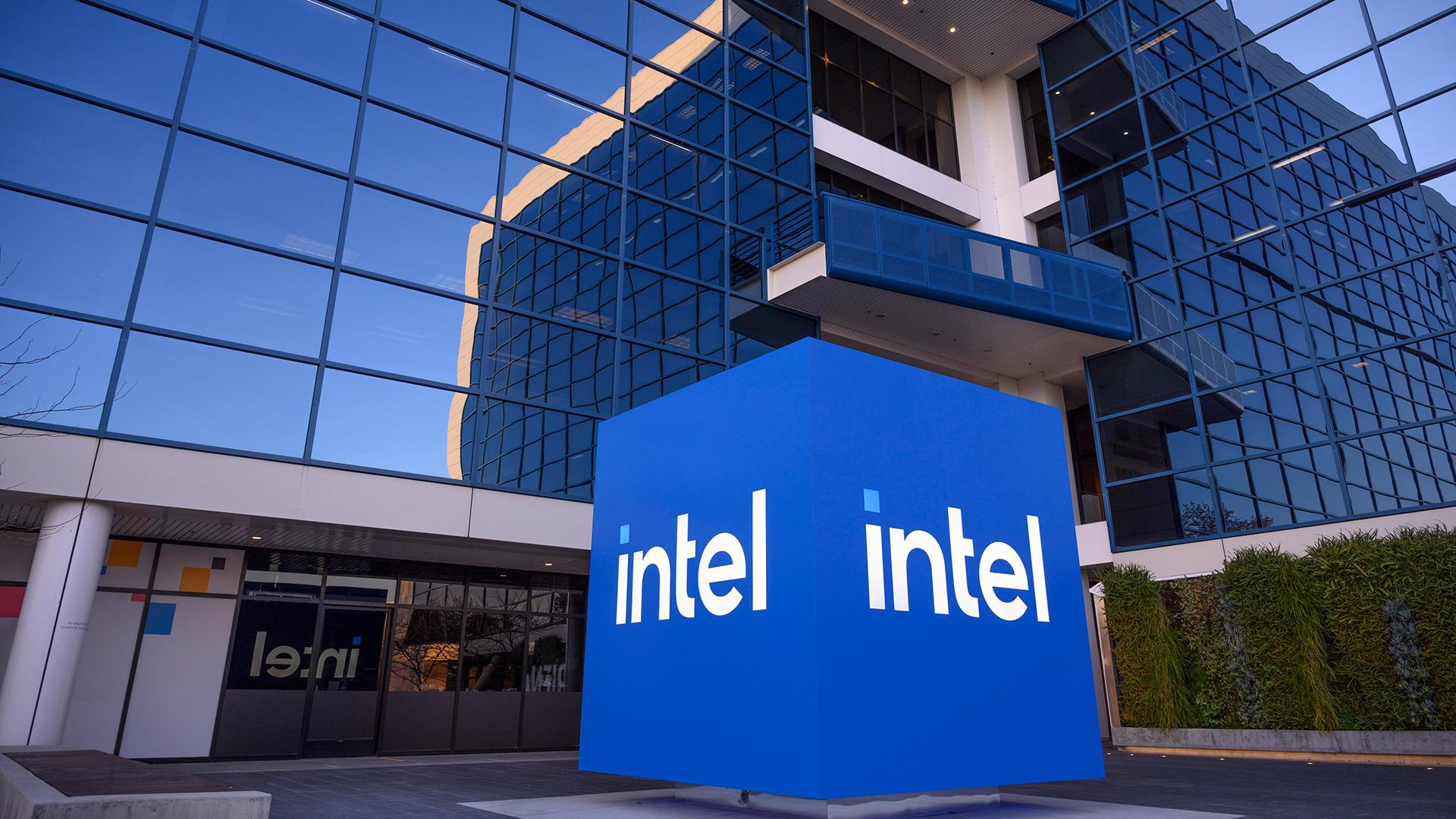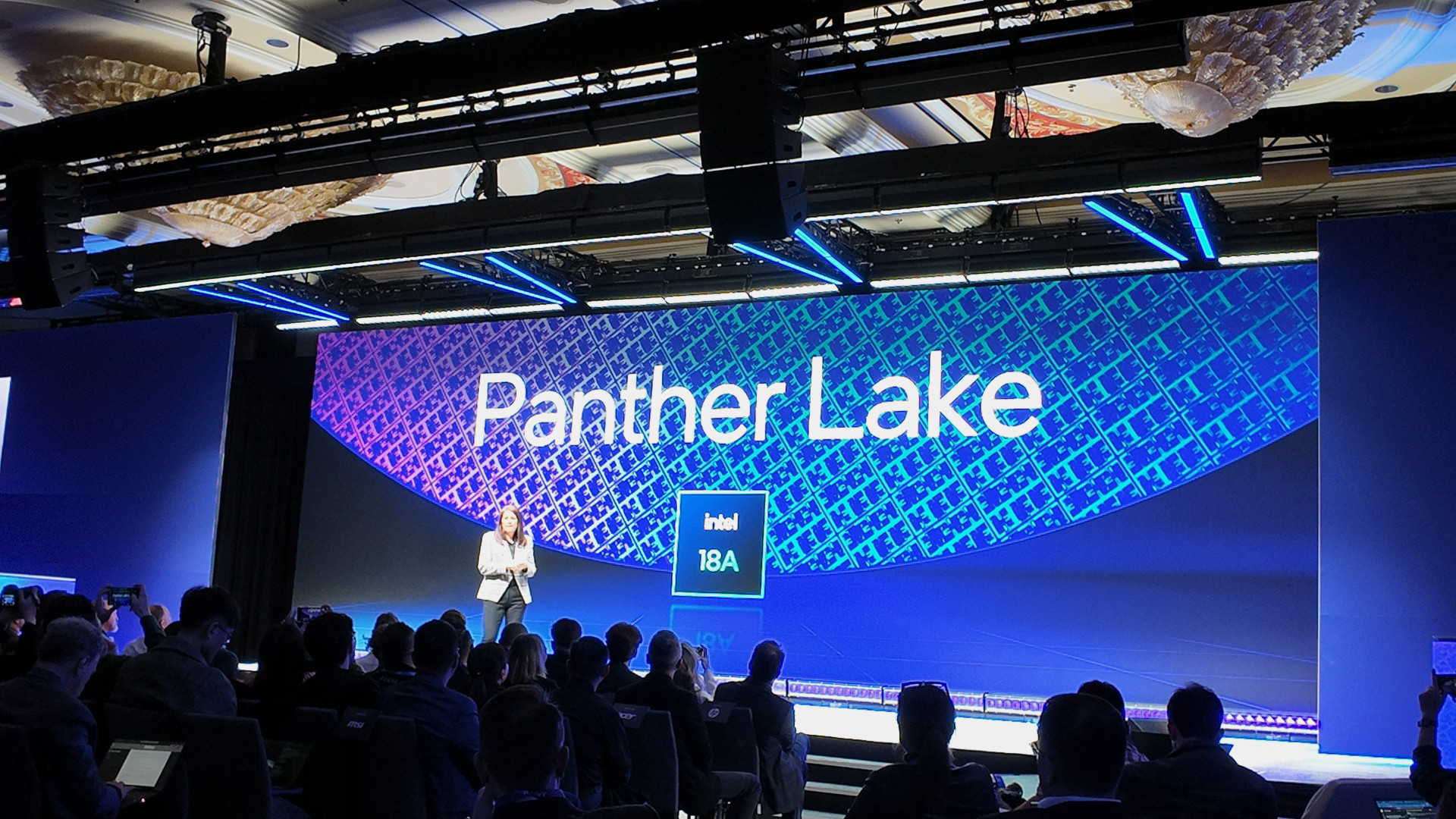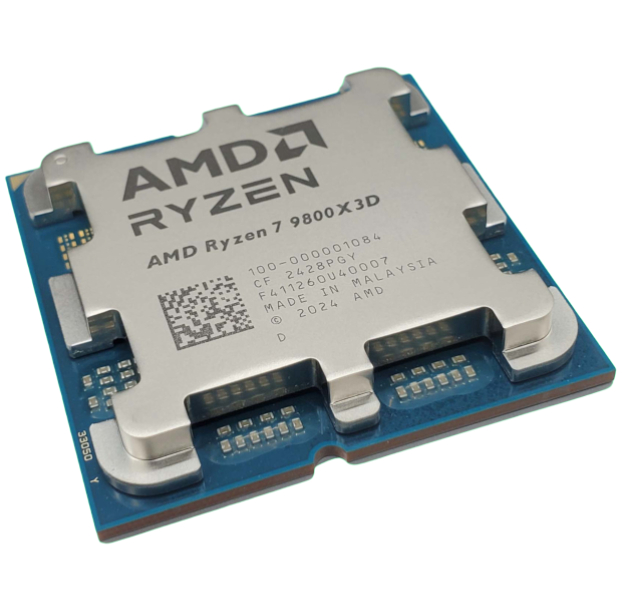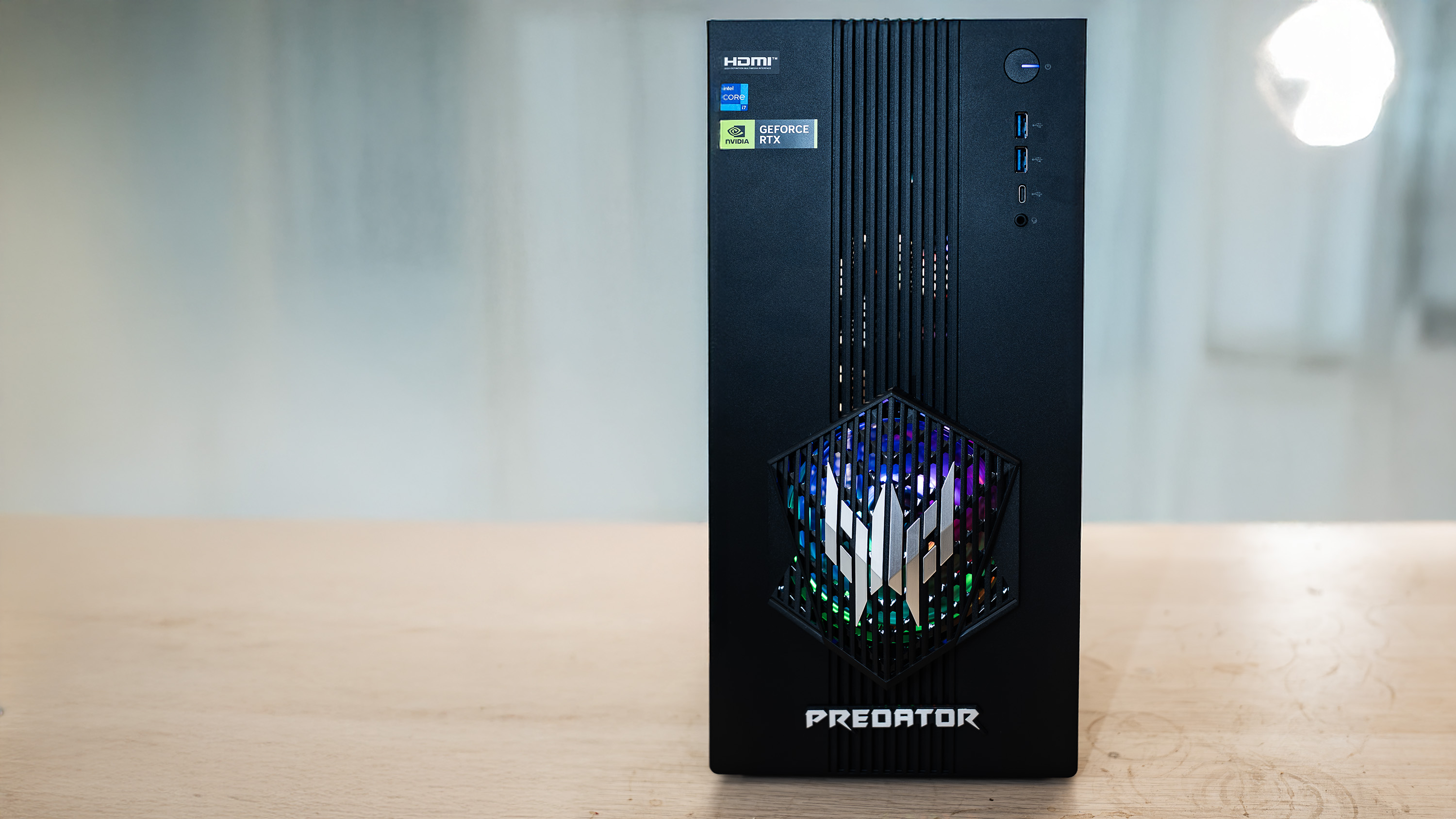Ex-Intel CEO calls current Intel CEO's plans for chip factory investment a 'joke' and wants Nvidia, Apple and Google to stump up the cash to save the fabs
Craig Barrett's bullet points aim the barrel squarely at Lip Bu Tan.

Intel CEO Lip Bu Tan's plan to not invest in the upcoming 14A chip manufacturing node until customers sign up is a joke. That's according to Intel's former CEO, Craig Barrett. Oh, and Barrett doesn't much like the idea that Intel's product design business and its chip factories should be split into two companies. Instead, he reckons Nvidia, Apple and Google should stump up the cash to save Intel's fabs.
Barrett explains all this in an extraordinarily to-the-point and bullet-pointed smackdown on the Fortune website. For the record, Barrett was Intel CEO from 1998 to 2005. He was a hard-nosed, no-nonsense, five-blades kind of CEO, but more on that in a moment.
Intel was dominant during that period, first with the Pentium 4 Netburst series of CPUs, before it pivoted to the Pentium M CPU architecture in 2003 that focussed more on IPC than pure clockspeed, and that ultimately underpins Intel processors to this day.
Anyway, to quote Barrett verbatim, "The current Intel CEO’s comments about not investing in new technology (14A) until customers sign up is a joke. To win in this space you need to be the leader in technology not the follower. It takes multiple years to create one of these technologies and no customer wants to sign up for something that is second best."
If that's the detail regarding current CEO Lip Bu Tan and Intel's chip manufacturing, Barrett has a broader point to make. "Yes, the USA NEEDS INTEL, as Intel is the only U.S. company capable of providing state of the art logic manufacturing," he says.
The solution, according to Barrett, is for Intel's customers to pump massive amounts of cash into the company. "U.S. customers like Nvidia, Apple, Google, etc needs and should understand they NEED a second source for their lead product manufacturing due to pricing, geographic stability and supply line security reasons," Barrett explains.
"Intel is cash poor and can’t afford to invest in the capacity needed in the future to replace TSMC or even a reasonable fraction of TSMC capacity. They probably need a cash infusion of $40B or so to be competitive. Realistically that investment is 100% of the Chip Act Capital grants so unlikely the USG is the savior.
Keep up to date with the most important stories and the best deals, as picked by the PC Gamer team.
"The only place the cash can come from is the customers. They are all cash rich and if eight of them were willing to invest $5B each then Intel would have a chance," he concludes.
He also draws a parallel with government support for other domestic industries, and asks why chip manufacturing shouldn't be the same. "If we can support domestic steel and aluminium, surely we can support domestic semiconductors."
His final broadside is aimed at the quartet of former Intel board members who recently called for Intel's fabs to be spun off, "before the rust of time makes them worthless."

His withering put down for their core position that customers won't like the conflict of interest inherent in Intel both making its own chip and having access to the designs of customers and competitors? "Be serious. There are many company interactions that involve both supply and competition."
Ouch. Anyway, you can read the whole, brutal smackdown here. Whether anyone is listening, we'll have to wait and see. One reason not to listen is that it was only February this year that Barrett claimed that "Intel was back," a comment that hasn't aged terribly well in just five months. There's also more than a whiff of the Onion's seminal "Five Blades" satire from way back in 2004, written when Barrett was indeed atop Intel and CEOs with his brand of swagger were in fashion.
For now, current CEO Lip Bu Tan has just been to see President Trump, and apparently he doesn't need to resign immediately after all. Instead, he's a 'uge success. Whatever.

1. Best overall:
AMD Ryzen 7 9800X3D
2. Best budget:
Intel Core i5 13400F
3. Best mid-range:
AMD Ryzen 7 9700X
4. Best high-end:
AMD Ryzen 9 9950X3D
5. Best AM4 upgrade:
AMD Ryzen 7 5700X3D
6. Best CPU graphics:
AMD Ryzen 7 8700G

Jeremy has been writing about technology and PCs since the 90nm Netburst era (Google it!) and enjoys nothing more than a serious dissertation on the finer points of monitor input lag and overshoot followed by a forensic examination of advanced lithography. Or maybe he just likes machines that go “ping!” He also has a thing for tennis and cars.

